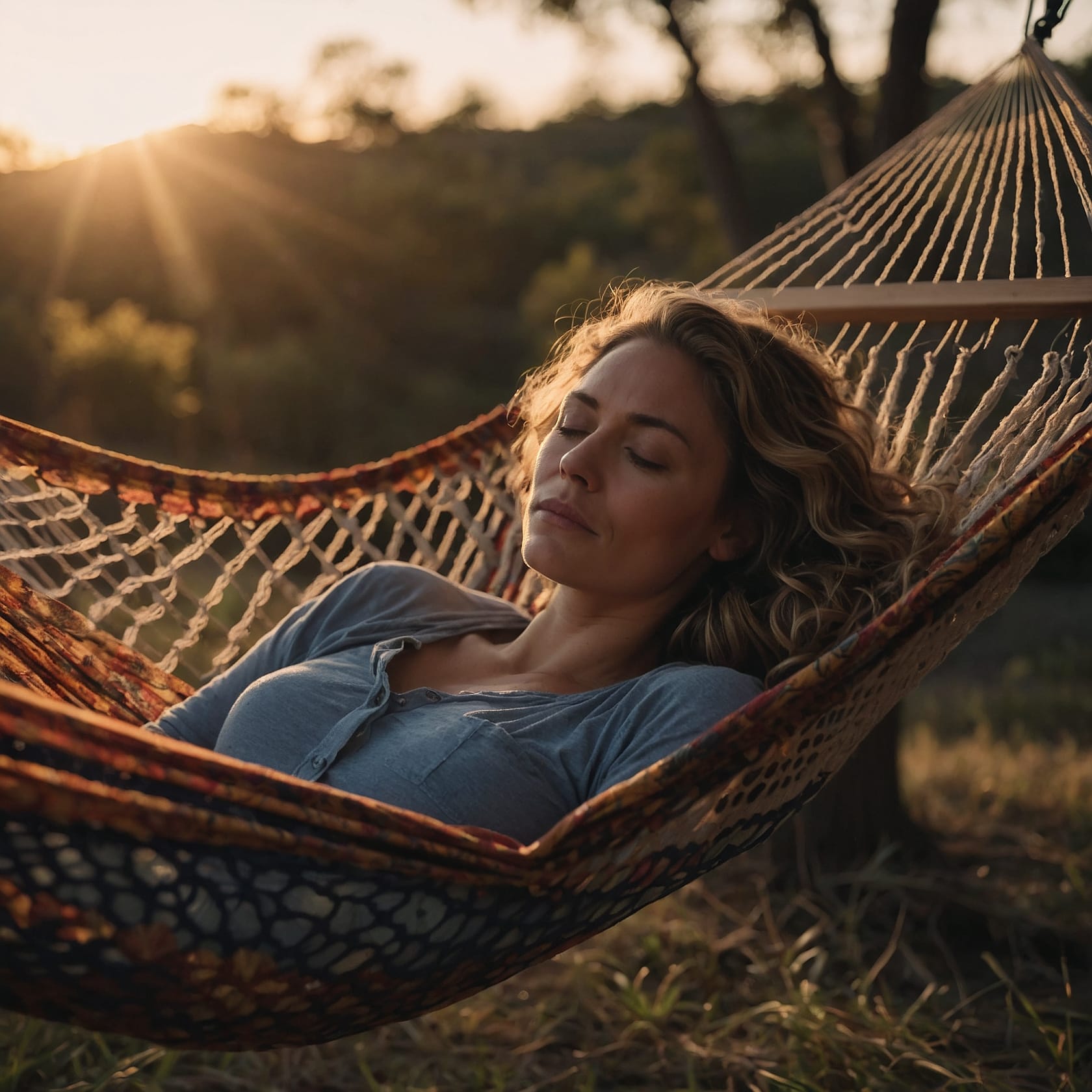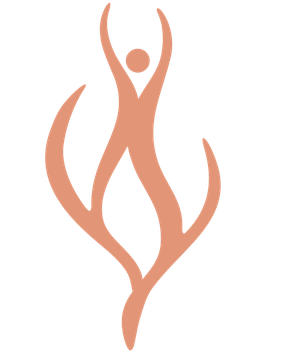As the sun's golden rays paint the sky in a mesmerizing palette of oranges and pinks, heralding the arrival of summer, our hearts fill with anticipation for the season's delights. Visions of sizzling barbecues, languid afternoons by shimmering pools, and exhilarating adventures under the warm sun dance in our minds.
However, amidst this euphoria, it's crucial to pause and consider the less glamorous yet vitally important aspect of summer: heat safety.
While the initial embrace of sunshine after a long, dreary winter can feel invigorating and almost magical, it's essential to recognize that this warmth can quickly transform from a welcome friend to a formidable foe.
This is particularly true in regions like the Pacific Northwest, where residents are less accustomed to scorching summers, making it easier to underestimate the sun's potent and potentially dangerous effects.
The cardinal rule of summer safety is this:
heat exhaustion and heat stroke are serious, life-threatening conditions that can affect anyone, regardless of age, fitness level, or previous heat tolerance.
The silver lining, however, is that with proper knowledge, preparation, and the adoption of smart habits, you can fully immerse yourself in the joys of summer while keeping heat-related health risks at bay.

The Human Body's Remarkable Cooling System

To truly appreciate the challenges posed by extreme heat, it's essential to understand the intricate workings of our body's internal cooling mechanism. The human body is a marvel of biological engineering, constantly striving to maintain a stable internal temperature, typically around 98.6°F (37°C). When ambient temperatures rise, our internal thermostat springs into action, employing a sophisticated two-pronged approach to maintain homeostasis.
Perspiration is the first line of defense. As perspiration forms on our skin, it begins to evaporate. This process of evaporation is key, as it requires energy in the form of heat. By drawing heat away from the body, sweat creates a cooling effect, much like a natural air conditioner.
Tay C.
Seattle, WA
I've been taking Youthful Slim & a few of Doctor Emi's supplement recommendations customized for me for 3 months. Following along on an anti-inflammatory diet & making sure to get enough sleep. Not only have I lost a few inches & 10lbs but I feel so much better! I sleep better & have more energy throughout the day. Youthful Slim has helped kick those stubborn cravings for me & I've noticed after a few weeks, my bloating really went down.
Simultaneously, blood vessels near the skin's surface dilate or widen. This increased blood flow to the skin allows more heat to radiate outward from the body's core, facilitating cooling.
While this system is remarkably efficient, it's not infallible. Its effectiveness relies heavily on proper hydration and a delicate balance of electrolytes within the body. Electrolytes, such as sodium, potassium, and magnesium, play crucial roles beyond just aiding in muscle function. They are integral to maintaining proper fluid balance within and between cells, which is essential for effective temperature regulation.
Understanding Heat Exhaustion: A Stealthy Threat

Picture this scenario:
You're at a lively family barbecue, the air filled with the mouthwatering aroma of grilling burgers and the joyous sounds of laughter and animated conversation.
Suddenly, an unexpected wave of dizziness washes over you. A dull, throbbing ache settles in your head, and despite the warmth of the day, your skin feels oddly clammy.
These seemingly innocuous symptoms could be the first warning signs of heat exhaustion.
Heat exhaustion occurs when your body becomes significantly dehydrated and overheated, often resulting from prolonged physical activity in hot conditions or simply spending extended periods in high temperatures without adequate hydration. It serves as a critical warning sign that your body's internal cooling system is struggling to keep pace with the environmental demands.
Here's a breakdown of common heat exhaustion symptoms:
| Symptom | Description |
|---|---|
| Paradoxical Sweating | Feeling sweaty, yet skin has a clammy texture |
| Extreme Fatigue | Profound sense of exhaustion, even with minimal activity |
| Headache | Persistent, often throbbing headache |
| Tachycardia | Rapid heartbeat as the cardiovascular system works overtime |
| Gastrointestinal Distress | Nausea and potential vomiting |
| Muscle Cramps | Painful muscle contractions, often in legs and abdomen |
| General Weakness | Overall feeling of weakness or lethargy |
Combating Heat Exhaustion: A Strategic Approach
The good news is that heat exhaustion, while serious, is treatable if recognized early. Here's a comprehensive strategy for addressing the symptoms of heat exhaustion:
Seek Immediate Shelter: The primary goal is to remove yourself from the heat source. Find a shaded area or, ideally, an air-conditioned space to allow your body to begin the cooling process.
Check out the podcast!
Implement Cooling Techniques: Take a cool shower or bath to lower your body temperature rapidly. Apply cool, damp cloths to your neck, forehead, and wrists, where blood vessels are close to the skin's surface. If available, use fans to increase air circulation and enhance evaporative cooling.
Hydrate Strategically:
Sip cool water or a sports drink containing electrolytes to replenish lost fluids and minerals.
Avoid gulping large quantities at once, which can lead to stomach discomfort. Instead, take small, frequent sips. If nausea is present, try sucking on ice chips to stay hydrated without overwhelming your stomach.

Rest and Recover: Listen to your body's signals and allow ample time for rest and recovery. Avoid any strenuous activity until you've fully rehydrated and your symptoms have completely subsided. Monitor your urine color; it should return to a pale yellow as you rehydrate.
Gradual Reintroduction to Heat: Once recovered, reintroduce yourself to hot environments slowly, allowing your body to readapt. Increase your fluid intake in the days following a heat exhaustion episode to ensure full recovery.
Heat Stroke: The Critical Emergency
While heat exhaustion is serious, heat stroke represents a true medical emergency requiring immediate intervention. Heat stroke occurs when the body's core temperature rises to dangerous levels (typically above 104°F or 40°C) and the internal cooling mechanisms fail entirely.
Unlike heat exhaustion, where sweating is often present, heat stroke can paradoxically present with dry skin. This is because the body's cooling system has effectively shut down in a last-ditch effort to preserve vital functions.
Critical warning signs of heat stroke include:
| Warning Sign | Description |
|---|---|
| Altered Mental State | Sudden confusion, disorientation, or agitation |
| Neurological Symptoms | Seizures or loss of consciousness |
| Respiratory Distress | Rapid, shallow breathing |
| Skin Changes | Hot, dry, and flushed skin |
| Extreme Hyperthermia | Core body temperature exceeding 104°F (40°C) |
| Cardiovascular Effects | Rapid, strong pulse initially, potentially progressing to weak pulse |
| Severe Headache | Often described as the worst headache of one's life |
If you suspect heat stroke in yourself or someone else,
it is imperative to seek emergency medical attention immediately.
While waiting for professional help, move the person to a cool area immediately, remove excess clothing, apply cool water to the skin or place ice packs on the neck, armpits, and groin, and if conscious and able to swallow safely, provide small sips of cool water.
As we embrace the joys of summer, it's crucial to remain vigilant about the potential dangers posed by extreme heat. By understanding our body's cooling mechanisms, recognizing the signs of heat-related illnesses, and taking proactive steps to stay cool and hydrated, we can ensure that our summer memories are filled with joy and adventure rather than health scares.
Remember, prevention is always the best approach. Stay hydrated, seek shade during the hottest parts of the day, and listen to your body's signals. With these precautions in mind, you can fully immerse yourself in all the delights that summer has to offer, creating lasting memories while keeping your health and safety at the forefront.
I hope you enjoyed this article and feel the value I am trying to provide to my community - if you have special requests or want to say HI, you know how to find me 🙋, or you can just comment down below this post. Till then stay Vibrant! 💕 💪🏼 🪞✨






